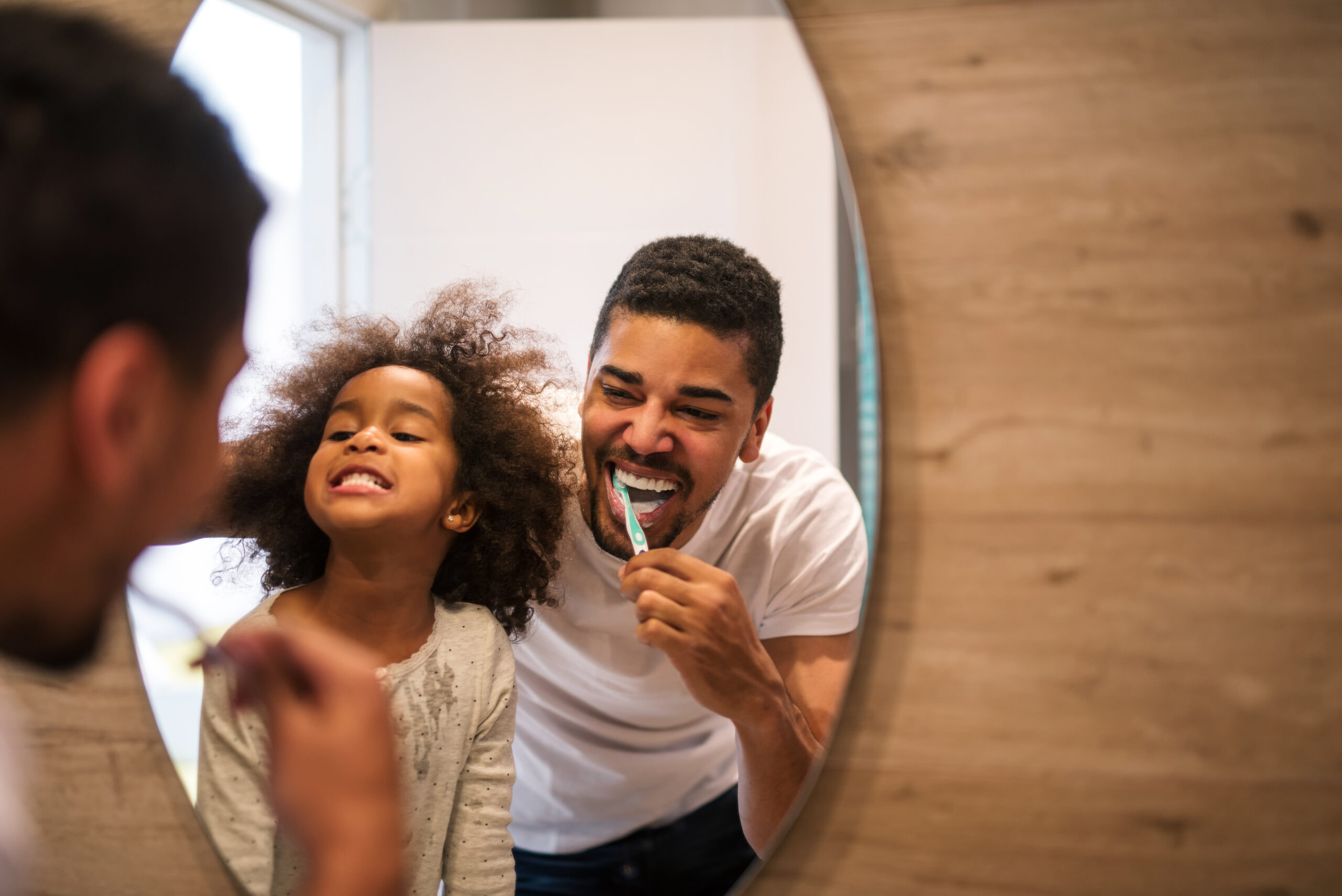Brushing and Flossing: Essential Tips for Maintaining Oral Health During Orthodontic Treatment
Proper brushing and flossing are critical for maintaining a healthy, radiant smile, especially during orthodontic treatment. At Harmony Orthodontics in Gresham and Sandy, OR, Dr. Gabriela Aranda, Dr. Tod Hardin, and their team are dedicated to helping patients prevent dental decay, gingivitis, and tooth loss by practicing excellent oral hygiene.
Why Brushing and Flossing Matter
Brushing and flossing remove food particles and plaque that accumulate around braces and between teeth. Without proper care, this buildup can lead to an increase in bacteria, causing dental decay, gum disease, and other oral health issues. A daily oral hygiene routine is key to preventing these problems and maintaining healthy teeth and gums.
Brushing Tips
Brushing becomes even more essential during orthodontic treatment. Here’s how to do it effectively:
How to Brush Correctly
- Use the Right Tools: Choose fluoridated toothpaste and a soft-bristled toothbrush.
- Brush Thoroughly: Make short, circular movements to clean each tooth, around braces, and between teeth. Tilt the toothbrush at an angle to reach food particles below the gum line.
- Brush Direction: Brush your upper teeth “south” and your lower teeth “north” to clean away from the gums.
- Clean Your Tongue: Don’t forget to brush your tongue and the roof of your mouth.
Brushing Frequency
Brush your teeth four times a day to prevent food from getting trapped in your braces or aligners:
- After breakfast
- After lunch
- After dinner
- Before bed
Additional Brushing Tips
- Replace your toothbrush more frequently as braces can wear down the bristles faster.
- Use mouthwash and fluoride treatments after rinsing with water to keep your teeth strong and healthy.
Flossing Tips
Flossing is often overlooked, but it’s crucial for cleaning areas that toothbrushes can’t reach, especially during orthodontic treatment.
How to Floss Correctly
- Use a Floss Threader: Thread a short length of floss under the archwire using a reusable floss threader provided by our office.
- Floss Gently: Move the floss up and down each tooth and avoid forcing it on the archwire.
- Don’t Skip Your Molars: Pay close attention to flossing your back teeth to maintain complete oral hygiene.
What to Expect
- Slight gum bleeding is normal when you first begin flossing with braces.
- If bleeding persists or feels unusual, let our team know during your next visit.
Questions About Brushing and Flossing?
If you have specific concerns about your brushing and flossing routine during treatment, don’t hesitate to reach out to us. Dr. Gabriela Aranda, Dr. Tod Hardin, and the team at Harmony Orthodontics are here to ensure your comfort and satisfaction throughout your orthodontic journey.

